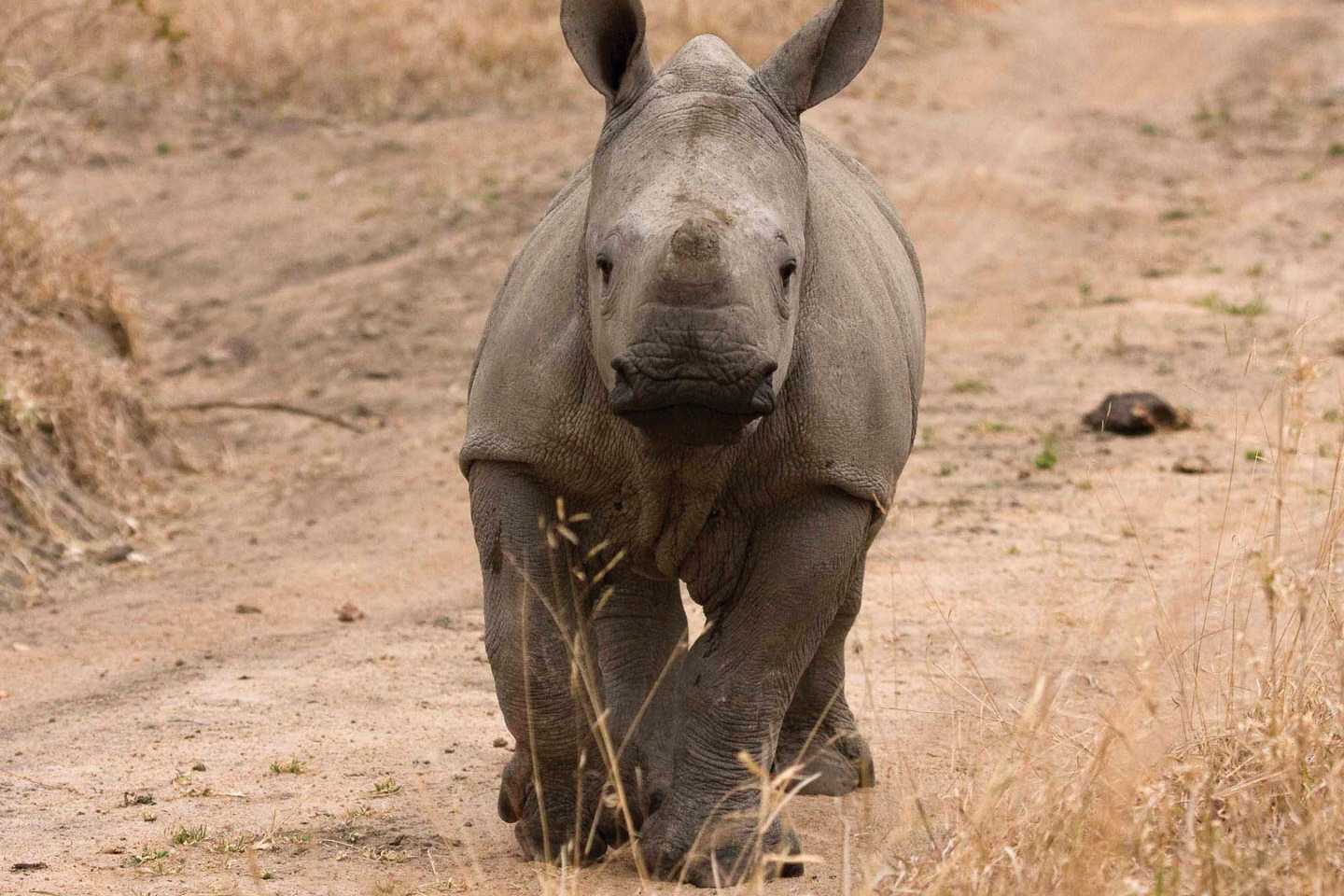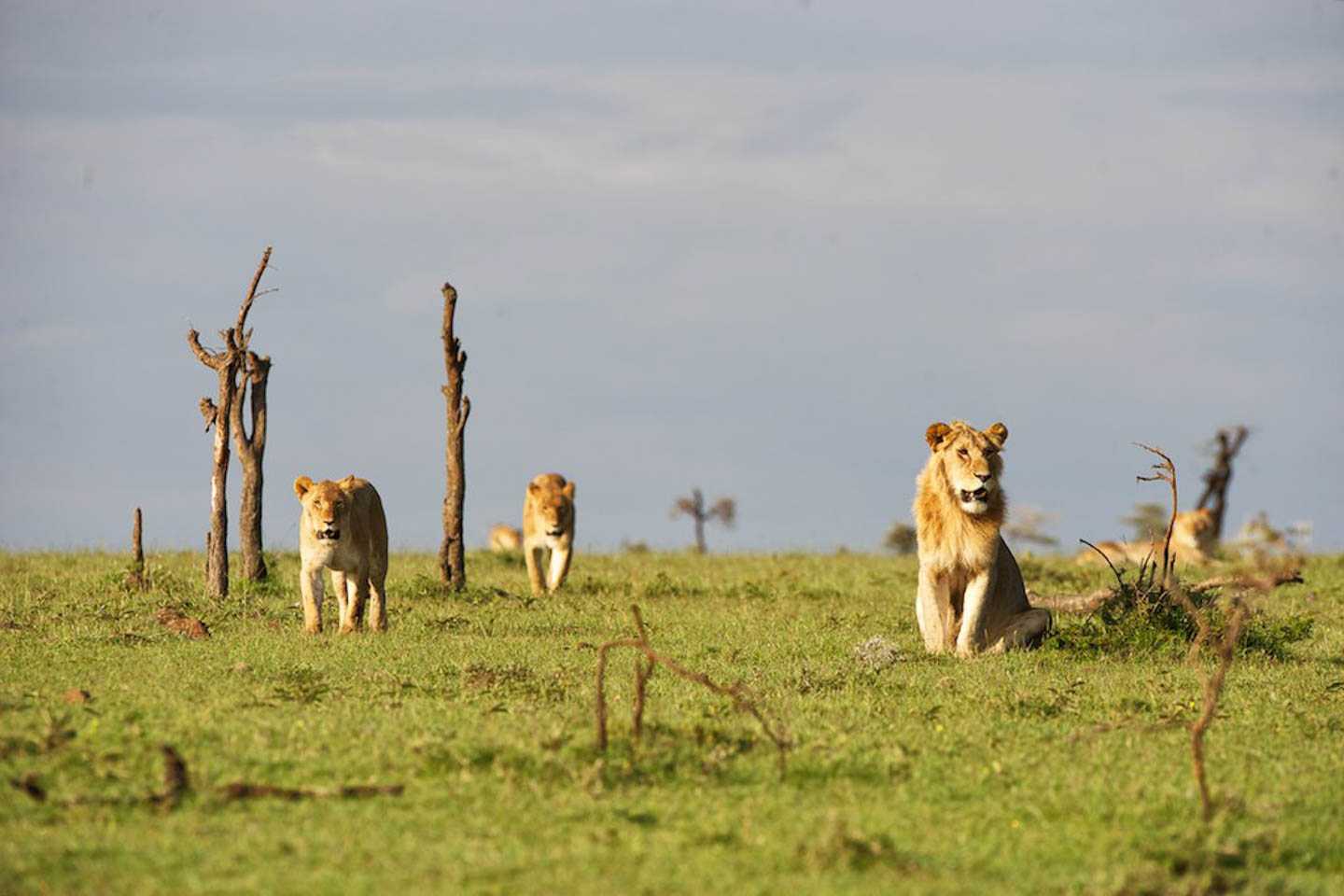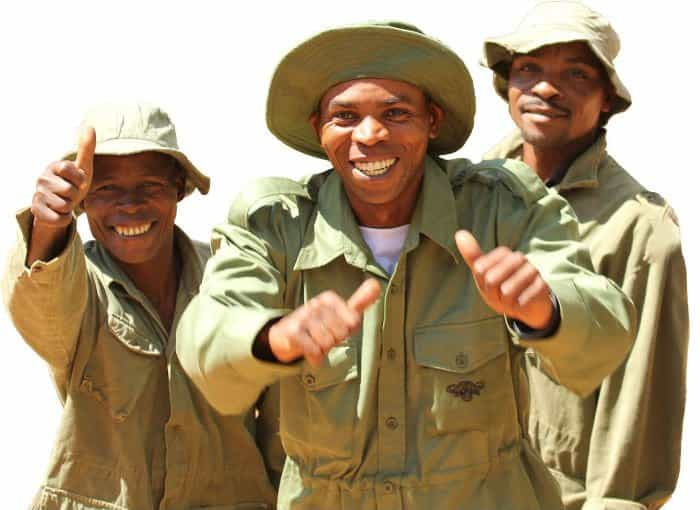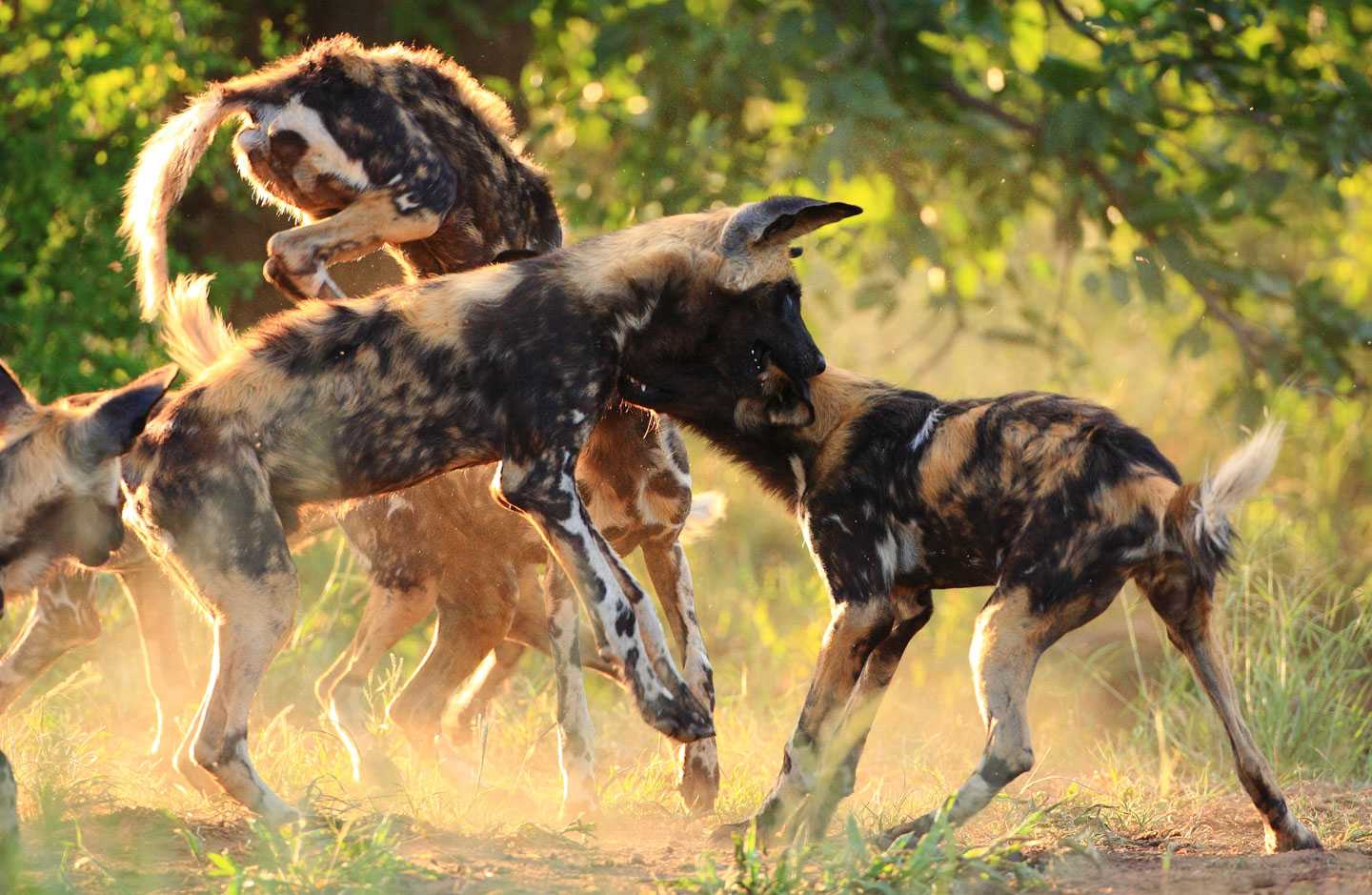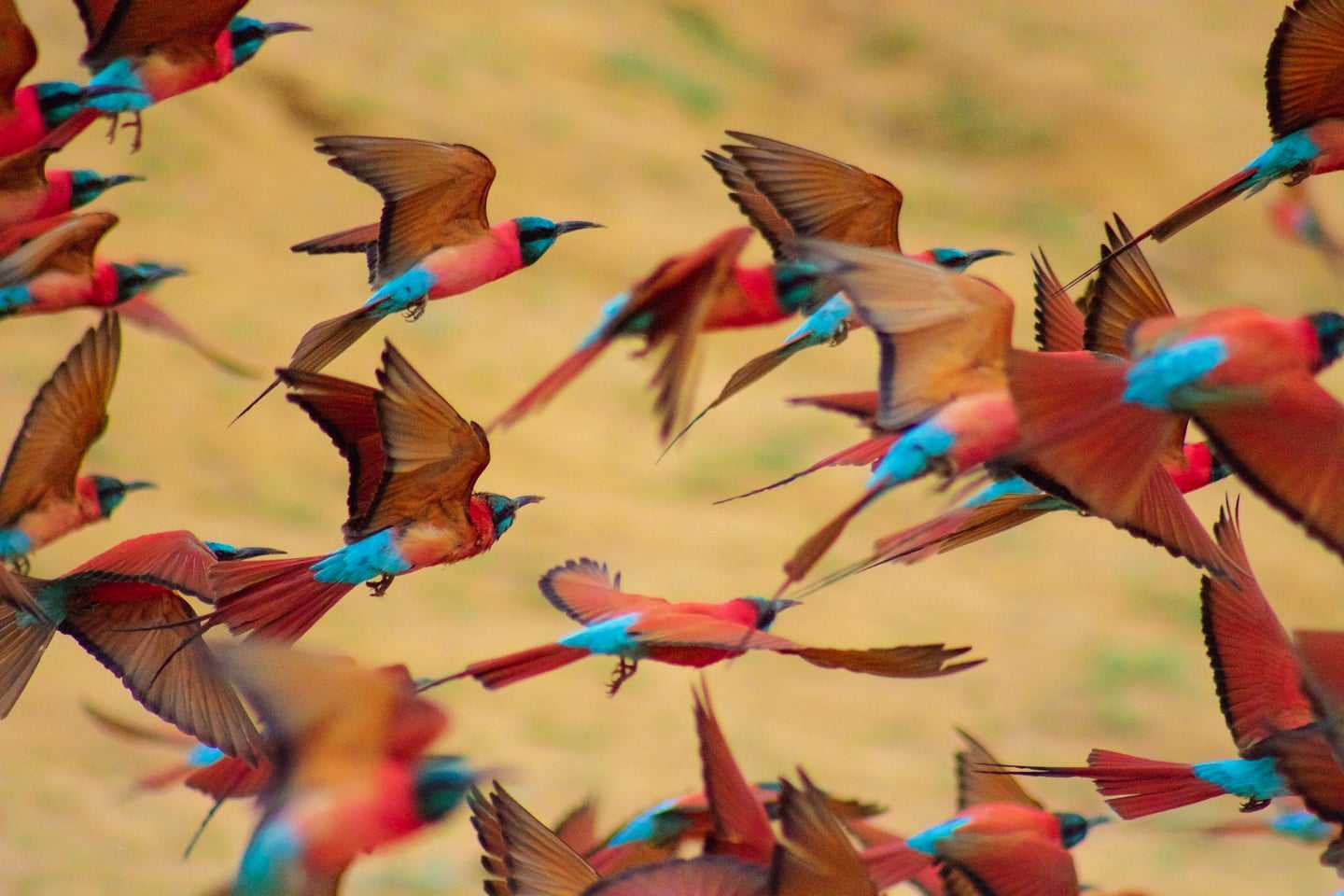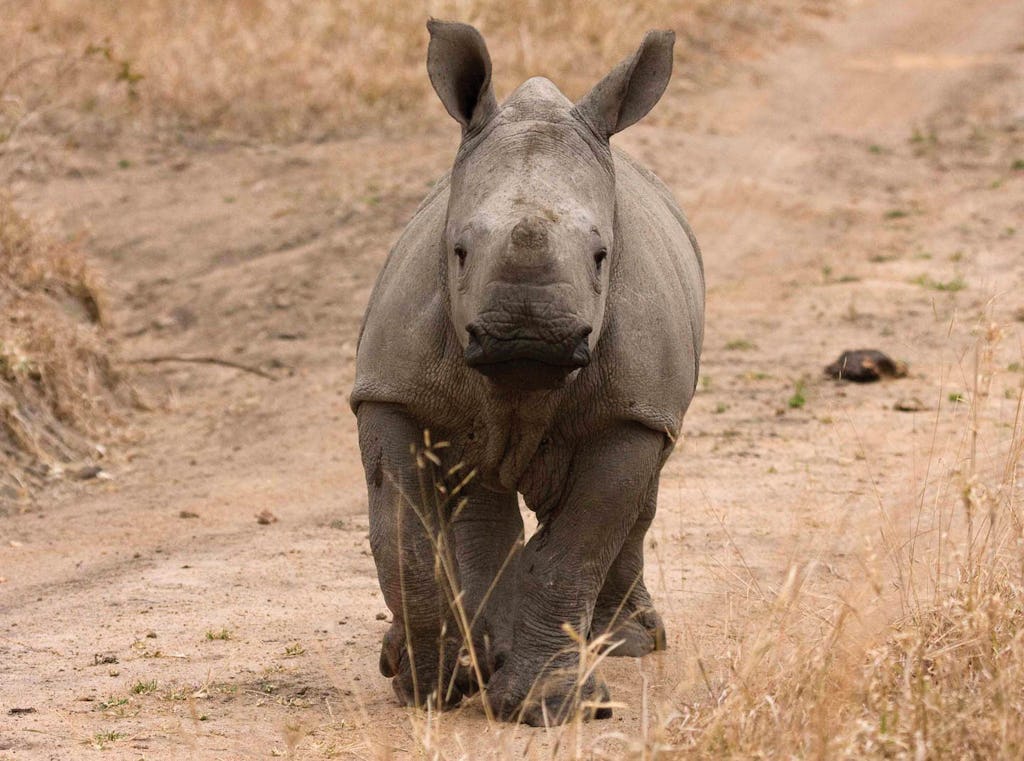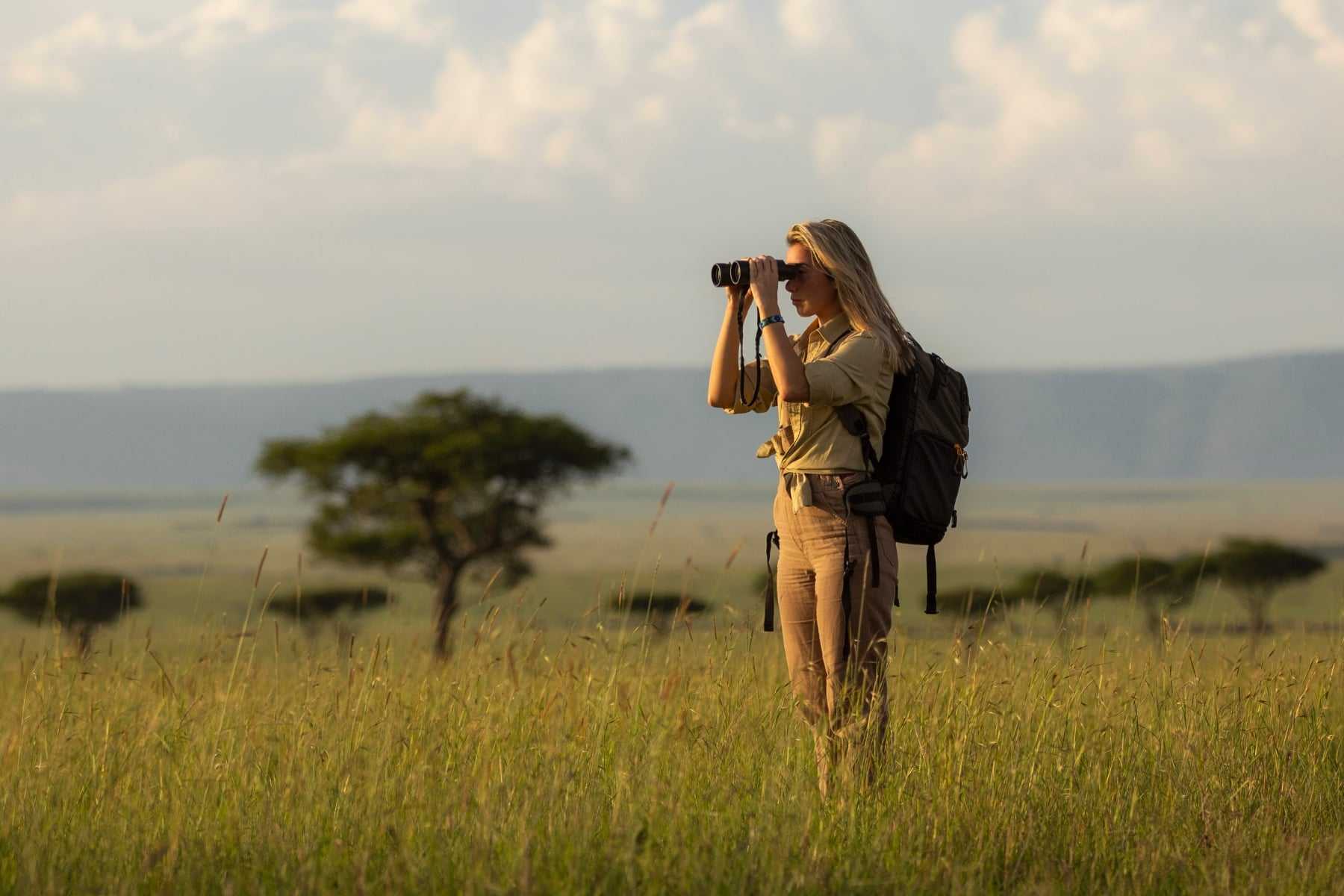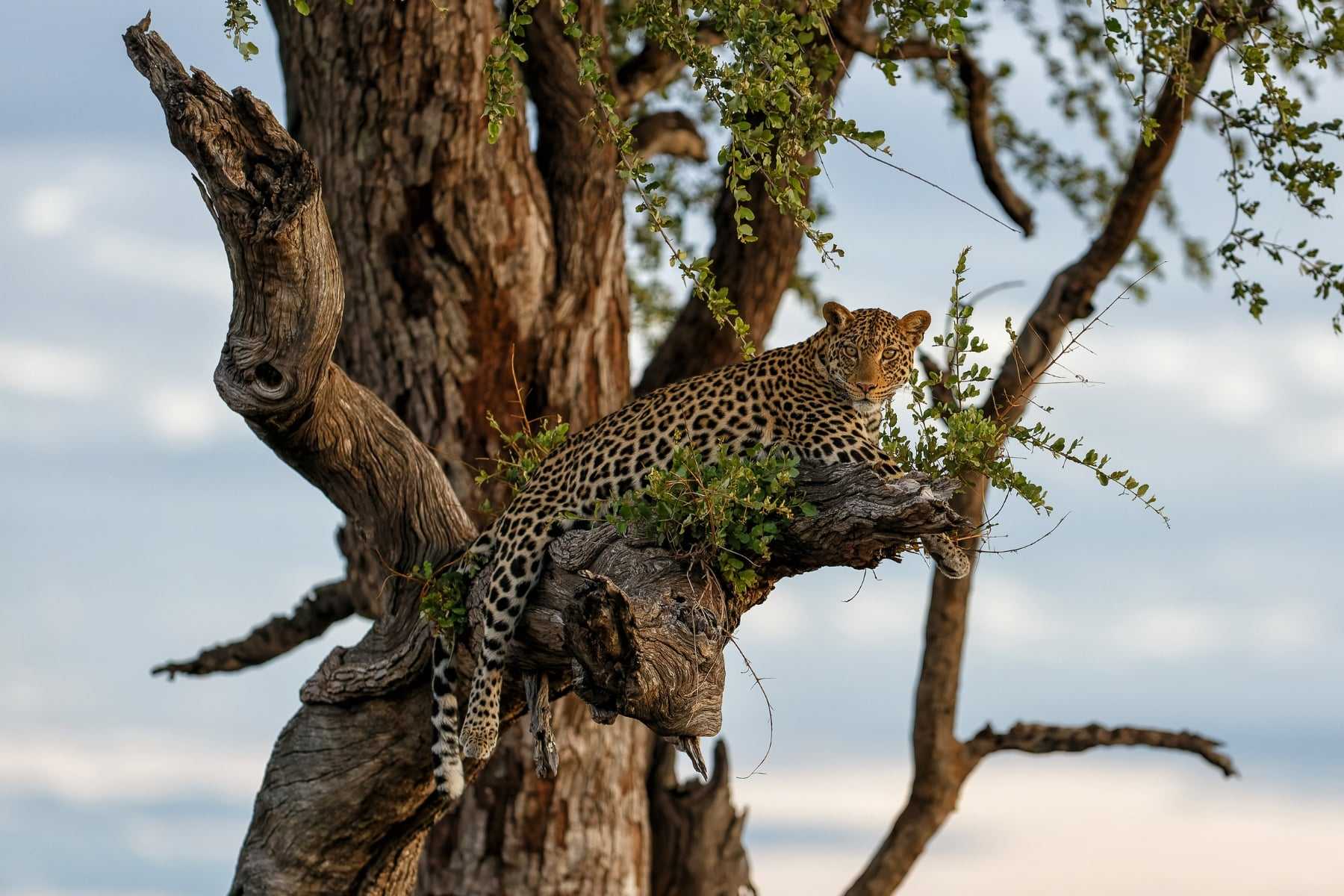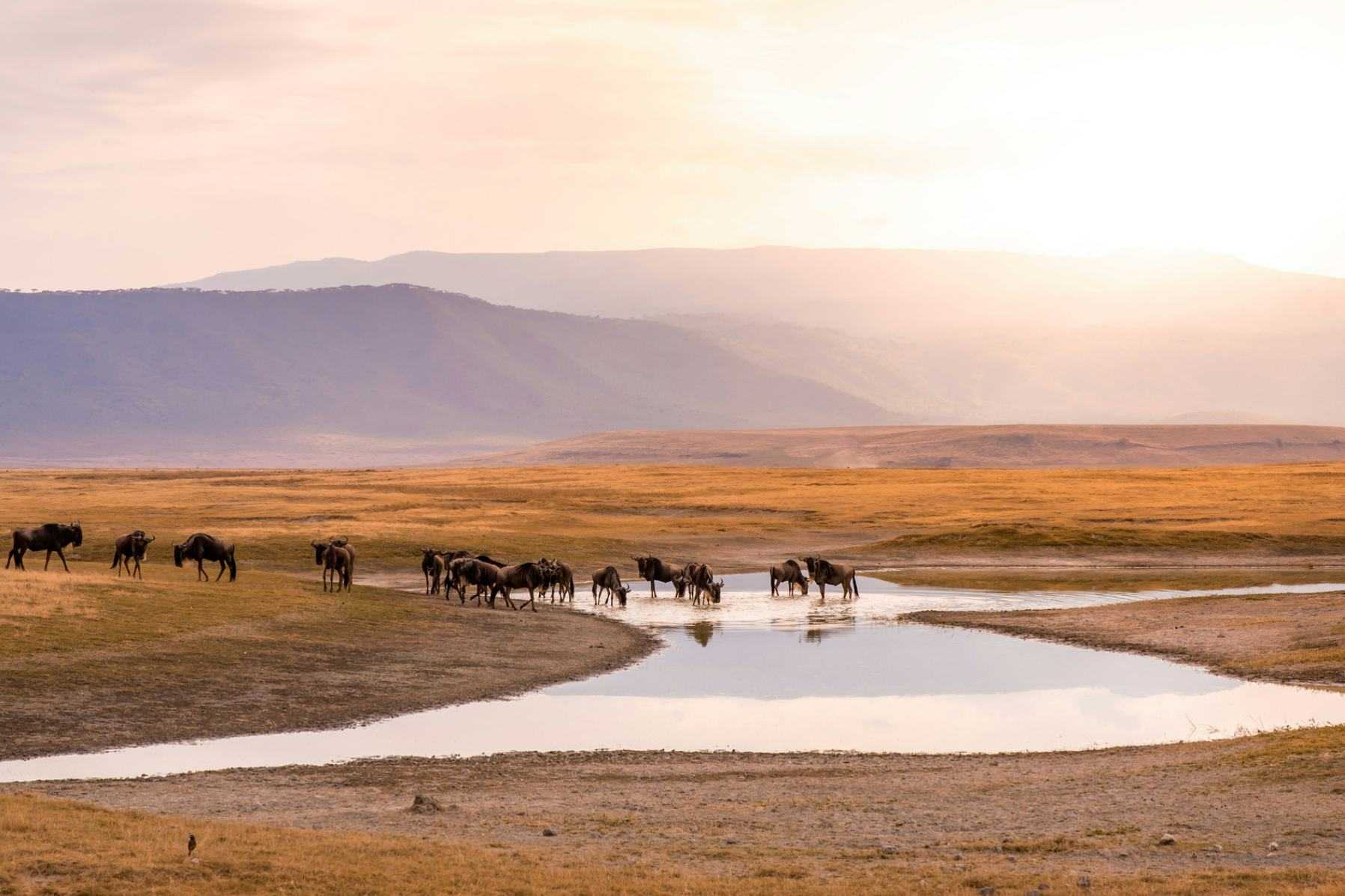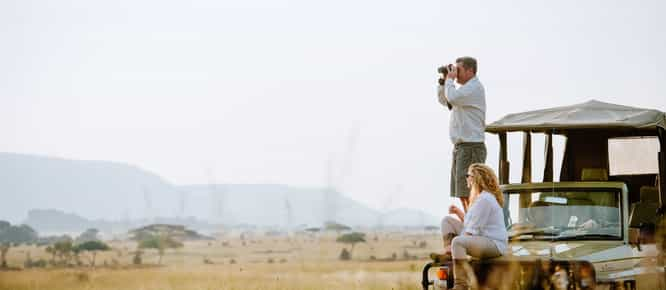Elephants heading for extinction! Rhino poaching out of control! Fish stocks plummeting!
With such a barrage of less-than-positive stories about African wildlife in the press, it can be hard to know what to believe. And if you’re looking to help a particular cause, that can be even harder to figure out. After all, there’s a myriad of NGOs, charities and businesses claiming to be making a big difference, and asking for your support. So, where do you begin? The good news is that there are a host of brilliant conservation projects in Africa, driven by brilliant and passionate people doing important conservation work. But there are also some organisations that are great at shouting about problems and raising money, but don’t always execute on what they promise. Or perhaps what they execute isn’t tangible – it’s just marketing.
The real conservation battles in Africa are fought on the ground, every day, with passion, focus, and practical execution. Often, the job isn’t glamorous, whether it be cleaning litter from beaches, gathering huge reams of data, or managing hundreds of staff out in the field. After talking to numerous conservationists from a wide range of fields—carnivore research, ecology, poaching, and human/wildlife conflict—we’ve compiled a list of some of the most successful and important projects that are currently on the go in Africa.
Predator Compensation Fund
Kenya
When lion kill valuable livestock, local Maasai people retaliate by killing them. This is a particular problem in the area north of Mount Kilimanjaro in Kenya, and in 2003, there were less than 10 lion still alive in the area. In response, the Big Life Foundation started the Predator Compensation Fund to protect not only the lion, but also leopard, cheetah, hyena and jackal. The local people are compensated fully for the loss of their livestock, and with compensation in place, lion killing dropped immediately by 90 percent.
Today, there is a healthy lion population in the area, and a similar program has been introduced in two bordering communities, resulting in a one-million acre corridor for lion to move around in relative safety.
PAMS Wildlife Crime Intelligence Work
Tanzania
In a tragic event this year, conservationist Wayne Lotter was killed in the Masaki district of Dar es Salaam in Tanzania. Lotter was the founder of the PAMS Foundation, an organisation that funds and supports Tanzania’s elite National and Trans-national Serious Crimes Investigation Unit (NTSCIU). The unit, and its partner organisations, are responsible for arrests of major ivory traffickers, including Yang Feng Glan, the so-called “Queen of Ivory” and several other notorious elephant poachers. Since 2012, the unit has arrested more than 2,000 poachers and ivory traffickers, and has a conviction rate of 80%. PAMS has numerous projects on the go in Tanzania, but their most successful is the intelligence gathering unit, which works by infiltrating the crime syndicates that run the illegal wildlife trade.
Wild Dog Conservation Program
South Africa
The Carnivore Conservation Program was one of the original programs developed by the South Africa-based Endangered Wildlife Trust when it was founded in 1973. Large carnivores such as lion, cheetah and wild dog play an essential role in regulating ecosystems, and their removal can cause catastrophic effects for surrounding habitats. Even so, the numbers of these important animals have been declining drastically due to human/wildlife conflict and habitat loss. Thankfully, the EWT-CCP has made huge strides in cheetah and wild dog conservation in South Africa, and most recently, the team collaborated with South African National Parks to release a pack of African wild dog into the Kruger National Park to boost the population.
The Zakouma National Park reversal
Chad
Zakouma National Park in Chad is one of Africa’s most inspirational conservation success stories. Many years of poaching resulted in an decline in the elephant numbers in the areas, from 4,000 in 2002 to just 450 a few short years later. In 2003, African Parks, a conservation NGO that specialises in managing remote parks in Africa, took over management of the reserve, and within two years, the elephant poaching crisis was entirely halted. Today the elephant population of Zakouma is on the increase, with newborn calves being observed from mid-2013 onwards, and the population now exceeds 500 individuals. Other species in the park are also increasing in number, including giraffe, roan antelope and Lelwel’s hartebeest. The park’s buffalo population, reduced to about 220 animals in 1986, now numbers over 10,000.
Niassa Carnivore Project
Mozambique
The Niassa Game Reserve in northern Mozambique is one of the most spectacular reserves in Africa, but it also happens to be one of the most threatened with extremely high rates of poaching and habitat loss. Drs. Colleen and Keith Begg originally came to Niassa to study the honey badger, but quickly recognized the need for a wildlife conservation program. And so came the Niassa Carnivore Project, focussed on the conservation and protection of lion, leopard, wild dog and spotted hyena in the reserve through monitoring and practical research. The Beggs also involve the local communities through outreach and education programs, mitigating the threats of human–wildlife conflict, as well as mentoring and training local conservationists.
Akagera Lion and Rhino Reintroduction
Rwanda
In the years following the 1994 Rwandan genocide, refugees returning from neighbouring countries settled in the Akagera National Park. In order to protect their cattle, local people poisoned the predators in the area, and lion very quickly became extinct. Ever since, the conspicuous absence of lion from the plains has been a quiet reminder of the atrocities the country has seen. In 2010, the Rwandan government teamed up with conservation organisation African Parks to help manage the park and restore the wildlife and infrastructure (and attracts some tourists along the way!). In 2015, lion were reintroduced and the population doubled with the birth of 11 cubs in 2016. 18 black rhino have also been brought to Akagera, and the law enforcement teams have been overhauled, reducing poaching to an all time low. In addition, tourism revenue has increased more than 300% in a six-year period (from $350K in 2010 to $1.4M in 2016), much of which goes back into community development projects.
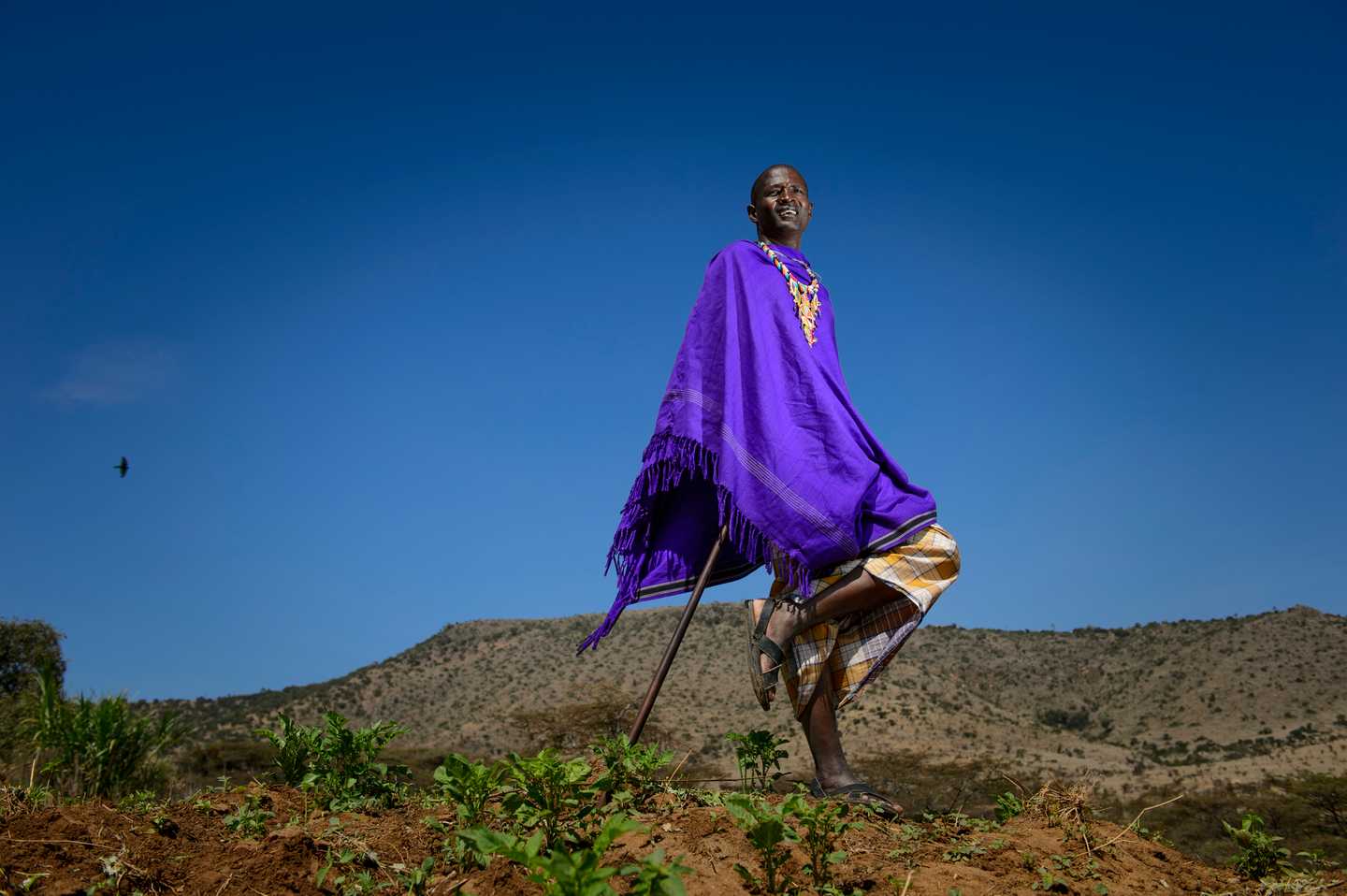
Photo credit: Ami Vitale
Northern Rangelands Trust
Kenya
The NRT in north-central Kenya is perhaps one of the most successful conservation projects in Africa. The trust – a community led NGO made up of local leaders, politicians and conservation partners – overseas some 33 member conservancies across 44,000 square kilometers of northern and coastal Kenya. All the areas have seen a major reduction in poaching, wildlife trafficking and tribal conflicts since its inception, and the Lewa/Borana ecosystems within the NRT have not had a single case of rhino poaching in three years. The NRT is now widely seen as a model of how to support community conservancies, and its success has helped shape new government regulations on establishing, registering and managing community conservancies in Kenya.
